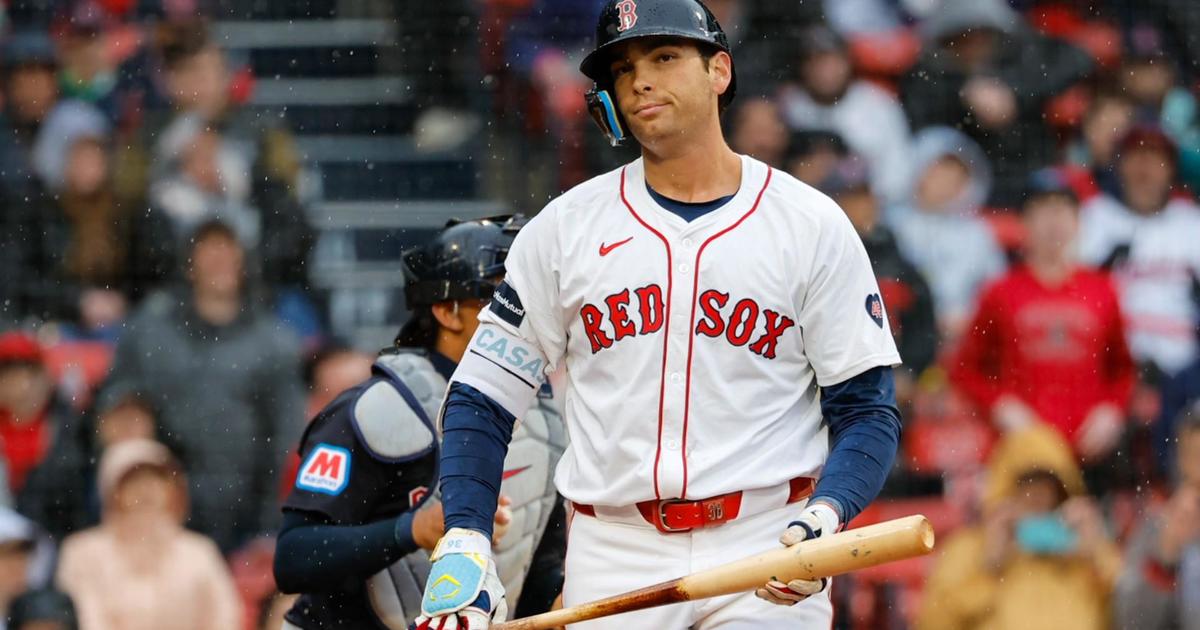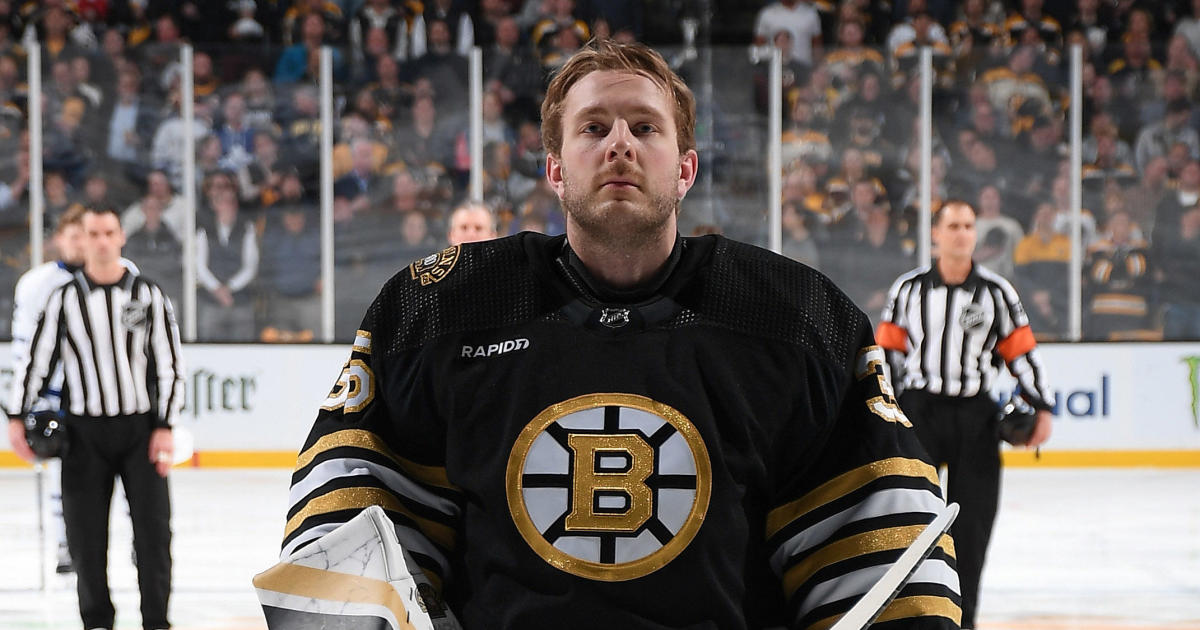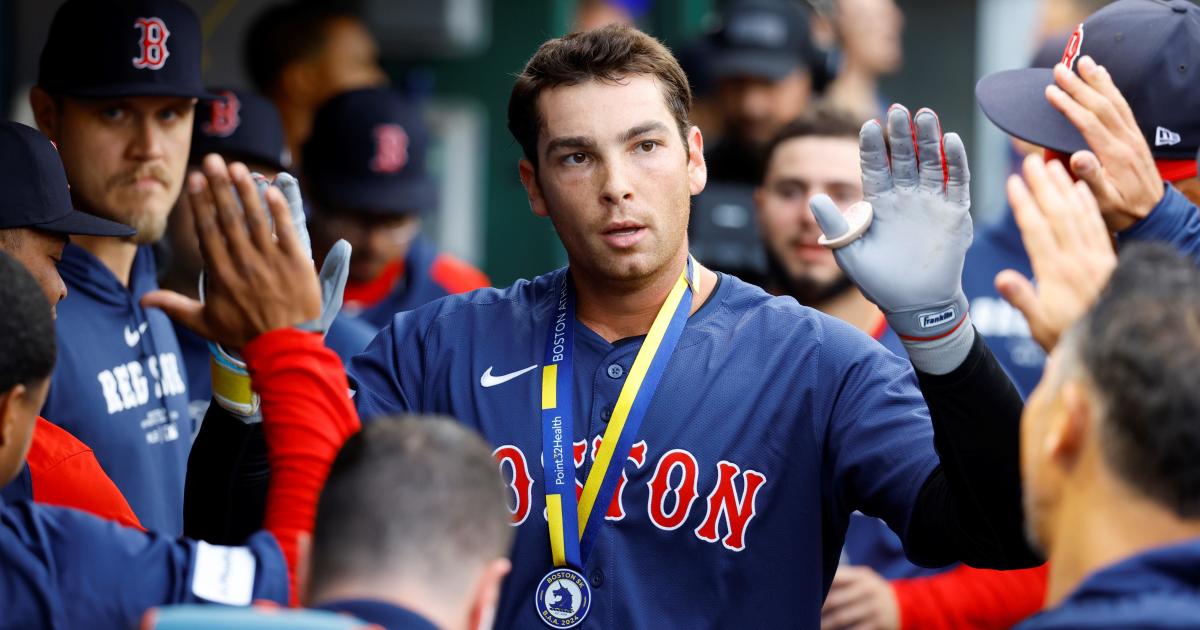Weighing The Pros And Cons Of Red Sox Trading Clay Buchholz
By Michael Hurley, CBS Boston
BOSTON (CBS) -- Bronson Arroyo.
You cannot trade a pitcher from a staff that has too many starters without mentioning Bronson Arroyo. It's especially true in Boston.
The Red Sox, of course, famously traded Arroyo after signing him to a team-friendly deal in 2006. The Red Sox felt comfortable with their starting pitch depth, and so they dealt Arroyo to the Reds for Wily Mo Pena.
The Red Sox ended up requiring 14 different pitchers to start multiple games for them that season. Arroyo would go on to pitch nearly 2,000 innings in the big leagues. Pena had a decent 2006 season before falling off a cliff and out of baseball in the years that followed.
And so, when Dave Dombrowski pulled the trigger on shipping Clay Buchholz out of town on Tuesday, there was plenty of celebration among fans who had grown oh-so-tired of watching Buchholz struggle through season after season. Still, such a move is not without its risks.
With Buchholz getting sent to Philadelphia in exchange for a minor leaguer, the Red Sox are freed from his $13 million salary. Considering Dombrowski has mentioned the need to get under the luxury tax threshold, that is the main benefit of making such a move. While the idea of Red Sox ownership winning a deal by saving money may be unpalatable, it does provide the benefit of keeping the Red Sox flexible to make moves throughout the season to patch any holes or upgrade any spots.
And with Buchholz now gone, the starting rotation now looks like this (arrange the top three however you'd like):
- Chris Sale
- David Price
- Rick Porcello
- Eduardo Rodriguez
- Drew Pomeranz
Next in line: Steven Wright
After that: Roenis Elias, Henry Owens, Brian Johnson
Clearly, with six capable starters, the Red Sox could afford to lose Buchholz, who's been frustratingly inconsistent for the team that drafted him in 2005 and brought him up through the system.
Despite those wild peaks and valleys, Buchholz did provide some level of reliability: From 2008-2016, he averaged 21 starts and 127 innings pitched per year while maintaining a 4.01 ERA. Over that span, he's won more than he's lost (78-60).
Now, could that type of production be replaced by a Porcello or Pomeranz or Wright? Of course. It's not exactly like replacing Roger Clemens.
But, the Red Sox felt the same way back in 2006. Before long, they were trotting out Kyle Snyder, Julian Tavarez, Lenny DiNardo, Devern Hansack, Kevin Jarvis and David Pauley to start games. If Sale or Price break their iron-man level streaks, or if Pomeranz struggles mightily, or if Wright can't recapture the magic of 2016, then the 2017 Red Sox could seem themselves with a similar problem.
More Henry Owens starts, anybody?
Still, the Buchholz trade likely provides more benefits than negatives. Anything that simplifies the job of John Farrell is a positive move for the Red Sox.
But if one or two (or three) starters hits the DL for any extended stretch of time, this moment of the offseason will be looked upon rather quickly as a point of potential regret.
You can email Michael Hurley or find him on Twitter @michaelFhurley.



